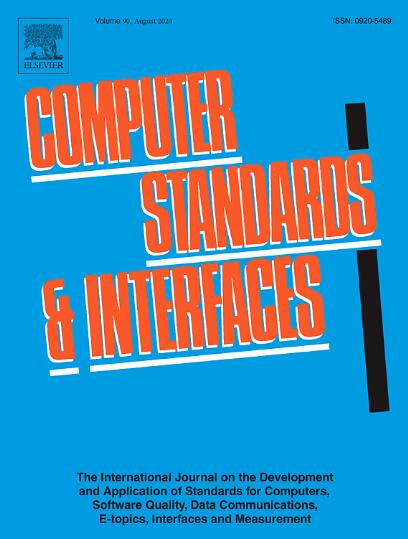基于细节优化和感知补偿嵌入的轻量级手指多模态识别模型
IF 3.1
2区 计算机科学
Q1 COMPUTER SCIENCE, HARDWARE & ARCHITECTURE
引用次数: 0
摘要
多模态生物识别技术因其比单模态识别更高的安全性和稳定性吸引了众多学者的关注,但其额外的参数量和计算成本给模型的轻量化部署带来了挑战。为了满足更广泛的应用场景需求,本文提出了一种利用指纹和指静脉图像进行多模态识别的轻量级模型 DPNet,该模型采用细节优化和感知补偿相结合的双分支轻量级特征提取结构。其中,细节提取优化分支利用多尺度降维滤波获取低冗余细节信息,并结合深度扩展操作增强细节特征的泛化能力。感知补偿分支通过轻量级空间位置查询和全局信息关注来扩展和补偿模型的感知视野。此外,本文还设计了一种感知特征嵌入方法,以重要性调整的方式嵌入感知补偿信息,提高嵌入特征的一致性。提出了 ABFM 融合模块,对提取的手指模态特征进行从全局到空间区域的多层次轻量级深度交互融合,提高了特征融合的程度和利用率。本文在三个多模态数据集上验证了模型的识别性能和轻量级优势。实验结果表明,在所有数据集的实验对比中,所提出的模型实现了最先进的轻量化效果和识别性能。本文章由计算机程序翻译,如有差异,请以英文原文为准。
A lightweight finger multimodal recognition model based on detail optimization and perceptual compensation embedding
Multimodal biometric recognition technology has attracted the attention of many scholars due to its higher security and stability than single-modal recognition, but its additional parameter quantity and computational cost have brought challenges to the lightweight deployment of the model. In order to meet the needs of a wider range of application scenarios, this paper proposes a lightweight model DPNet using fingerprint and finger vein images for multimodal recognition, which adopts a double-branch lightweight feature extraction structure combining detail optimization and perception compensation. Among them, the detail extraction optimization branch uses multi-scale dimensionality reduction filtering to obtain low-redundant detail information, and combines the depth extension operation to enhance the generalization ability of detail features. The perception compensation branch expands and compensates the model's perceptual field of view through lightweight spatial location query and global information attention. In addition, this paper designs a perceptual feature embedding method to embed perceptual compensation information in the way of importance adjustment to improve the consistency of embedded features. The ABFM fusion module is proposed to carry out multi-level lightweight and deep interactive fusion of the extracted finger modal features from the global to the spatial region, so as to improve the degree and utilization rate of feature fusion. In this paper, the model recognition performance and lightweight advantages are verified on three multimodal datasets. Experimental results show that the proposed model achieves the most advanced lightweight effect and recognition performance in the experimental comparison of all datasets.
求助全文
通过发布文献求助,成功后即可免费获取论文全文。
去求助
来源期刊

Computer Standards & Interfaces
工程技术-计算机:软件工程
CiteScore
11.90
自引率
16.00%
发文量
67
审稿时长
6 months
期刊介绍:
The quality of software, well-defined interfaces (hardware and software), the process of digitalisation, and accepted standards in these fields are essential for building and exploiting complex computing, communication, multimedia and measuring systems. Standards can simplify the design and construction of individual hardware and software components and help to ensure satisfactory interworking.
Computer Standards & Interfaces is an international journal dealing specifically with these topics.
The journal
• Provides information about activities and progress on the definition of computer standards, software quality, interfaces and methods, at national, European and international levels
• Publishes critical comments on standards and standards activities
• Disseminates user''s experiences and case studies in the application and exploitation of established or emerging standards, interfaces and methods
• Offers a forum for discussion on actual projects, standards, interfaces and methods by recognised experts
• Stimulates relevant research by providing a specialised refereed medium.
 求助内容:
求助内容: 应助结果提醒方式:
应助结果提醒方式:


